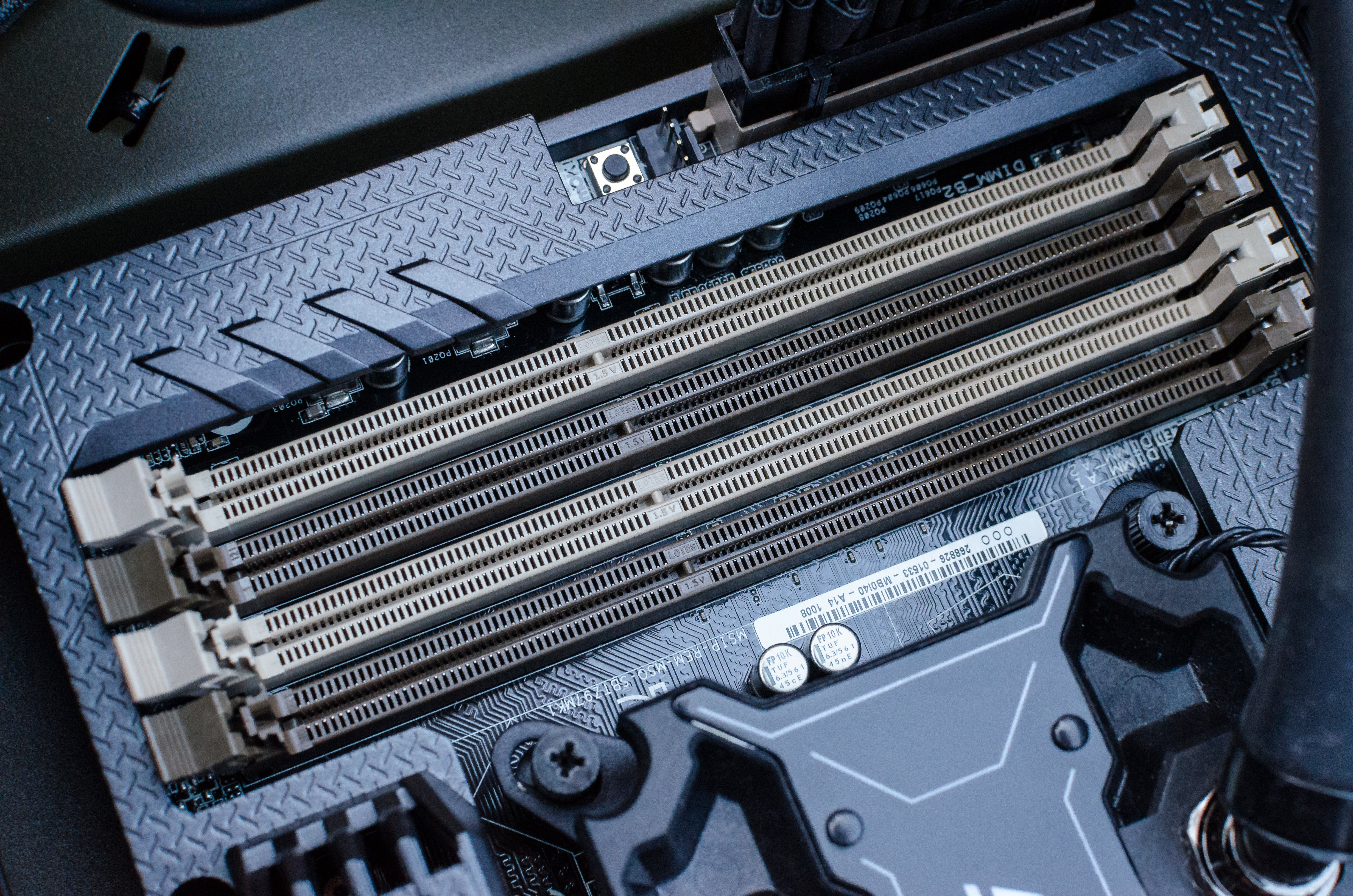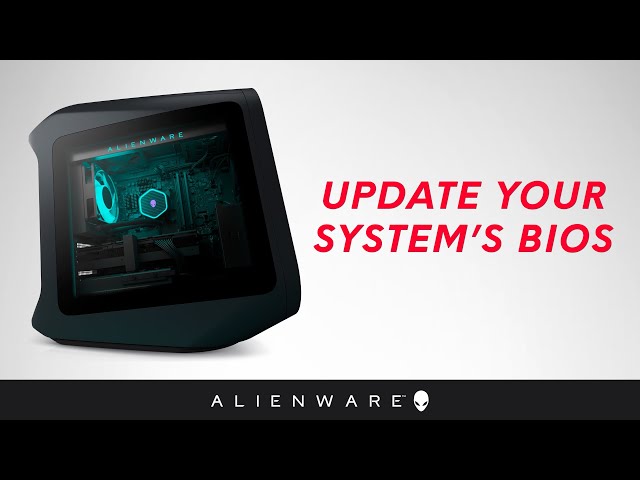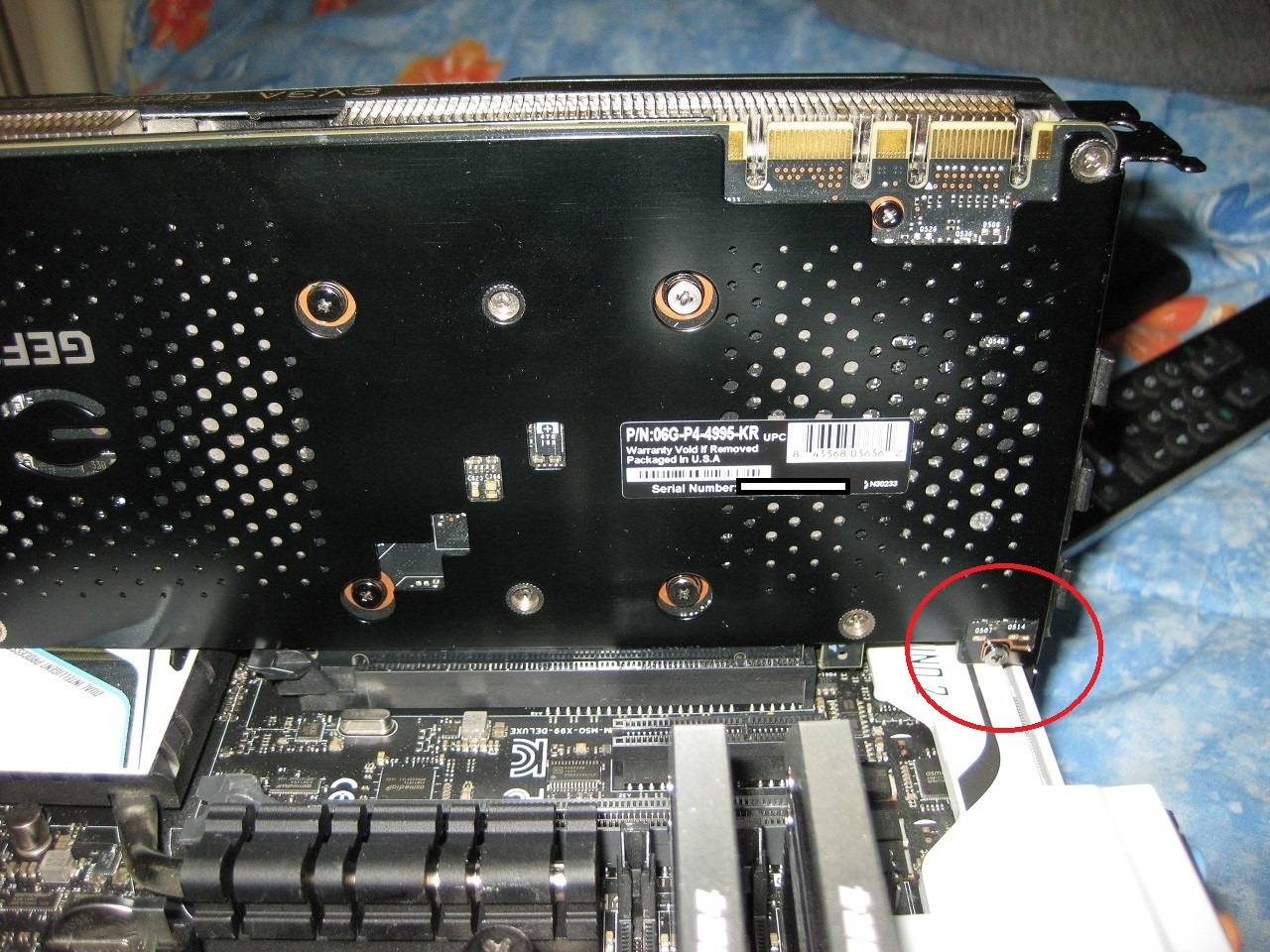Welcome to the realm of problem-solving as we unravel the secrets to Alienware’s beeping boot-up dilemma. Fear not, for we have the ultimate fix to put those mysterious beeps to rest.
Understanding Alienware Beeping and Beep Codes
If your Alienware desktop or laptop is experiencing beeping noises during boot up, it could indicate a problem with the hardware. These beeps are known as beep codes and can provide valuable information about the issue. To troubleshoot this, follow these steps:
1. Identify the beep pattern: Each beep pattern corresponds to a specific error. Refer to the Alienware user manual or search online for the beep code reference guide.
2. Check the power source: Ensure that your Alienware PC is properly connected to a working power outlet. Try a different power source if necessary.
3. Inspect the RAM: Reseat the RAM modules by removing them and then reinstalling them. Make sure they are properly seated in their slots.
4. Reset the BIOS: Locate the CMOS battery on the motherboard and remove it for a few minutes. Reinsert it and restart the computer.
5. Seek professional help: If the issue persists or you are unsure about performing these steps, contact Dell technicians or visit the Alienware community for further assistance.
Troubleshooting Alienware Beeping and Black Screen Issues
If your Alienware desktop or laptop is experiencing beeping noises and a black screen during boot up, there are a few troubleshooting steps you can try.
First, check the power button and make sure it is functioning properly. Sometimes, a malfunctioning power button can cause these issues.
Next, try resetting your BIOS settings. This can help resolve any corruption issues that may be causing the beeping and black screen problems.
If that doesn’t work, check your computer’s lights. Different light patterns can indicate specific hardware issues, such as a motherboard problem. Refer to the Alienware community or Dell support for more information on interpreting these light patterns.
If none of these suggestions work, it may be best to reach out to a professional technician or contact Dell support for further assistance.
Possible Causes of Alienware Beeping and Solutions
-
Check for hardware issues:
- Make sure all cables and connections are secure.
- Remove and reseat RAM modules.

- Check the power supply and replace if necessary.
-
Check for software issues:
- Update the Alienware BIOS to the latest version.
- Scan for malware and viruses using a reliable antivirus software.

- Run a disk cleanup and defragmentation to optimize system performance.
-
Check the RAM:
- Use the Windows Memory Diagnostic tool to check for RAM errors.
- If errors are found, replace the faulty RAM module.
-
Check the graphics card:
- Ensure the graphics card is properly seated in the PCIe slot.
- Update the graphics card drivers to the latest version.

- If the issue persists, try using a different graphics card.
-
Check the CPU:
- Ensure the CPU is properly seated and the cooling system is functioning correctly.
- Clean the CPU heatsink and fan to remove any dust or debris.
- If necessary, apply new thermal paste to the CPU.
-
Reset the CMOS:
- Turn off the computer and unplug the power cable.
- Locate the CMOS battery on the motherboard and remove it for a few minutes.
- Reinsert the CMOS battery and reconnect the power cable.
-
Seek professional assistance:
- If all else fails, it may be necessary to contact a professional technician for further diagnosis and repair.
python
import winsound
import time
def beep(duration, frequency):
winsound.Beep(frequency, duration)
def main():
print("System Beeping Tool")
print("-------------------")
print("1. Single Beep")
print("2. Multiple Beeps")
choice = int(input("Select an option (1/2): "))
if choice == 1:
duration = int(input("Enter beep duration in milliseconds: "))
frequency = int(input("Enter beep frequency in Hz: "))
beep(duration, frequency)
elif choice == 2:
num_beeps = int(input("Enter the number of beeps: "))
duration = int(input("Enter beep duration in milliseconds: "))
frequency = int(input("Enter beep frequency in Hz: "))
for _ in range(num_beeps):
beep(duration, frequency)
time.sleep(0.5) # Add a small delay between beeps
else:
print("Invalid choice. Exiting...")
if __name__ == "__main__":
main()
This code provides a simple command-line tool to generate beeping sounds on a Windows-based system. The user can choose between single beeps or multiple beeps with adjustable duration and frequency. Keep in mind that this is a generic beeping tool and may not directly address Alienware-specific issues.
Considerations for Replacing the Alienware Motherboard
1. Ensure you have the necessary technical expertise or consult a professional technician before attempting to replace the motherboard.
2. Before replacing the motherboard, make sure to back up all important data and files to prevent any potential loss.
3. Identify and purchase the correct replacement motherboard that is compatible with your specific Alienware model (e.g., M17x R4, X51 R2, etc.).
4. Follow proper safety precautions, such as grounding yourself and disconnecting the power source, before working on your PC.
5. When replacing the motherboard, carefully disconnect all cables and components, and take note of their original positions for reassembly.
6. Install the new motherboard, ensuring it is properly aligned and secured in the case.
7. Reconnect all cables and components, referring to your model’s documentation or online resources for guidance.
8. After reassembly, update the BIOS to avoid any compatibility issues or resolve any BIOS corruption that may have caused the motherboard issue.
9. Finally, power on your PC and monitor for any error messages, unusual noises, or indicator lights to ensure the replacement was successful.






